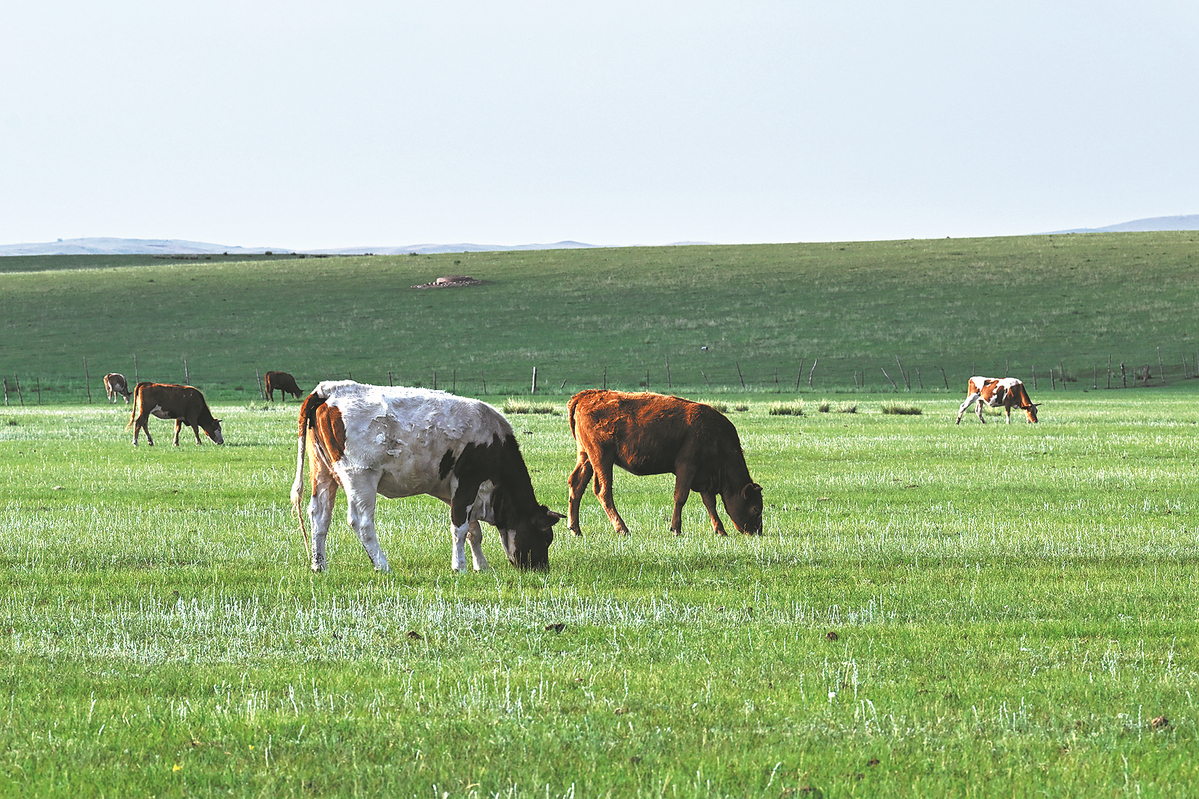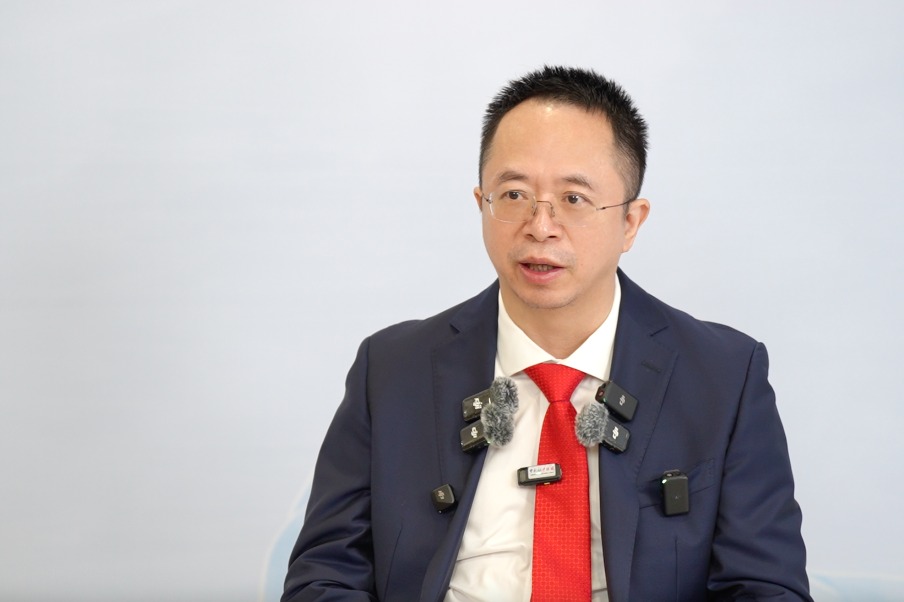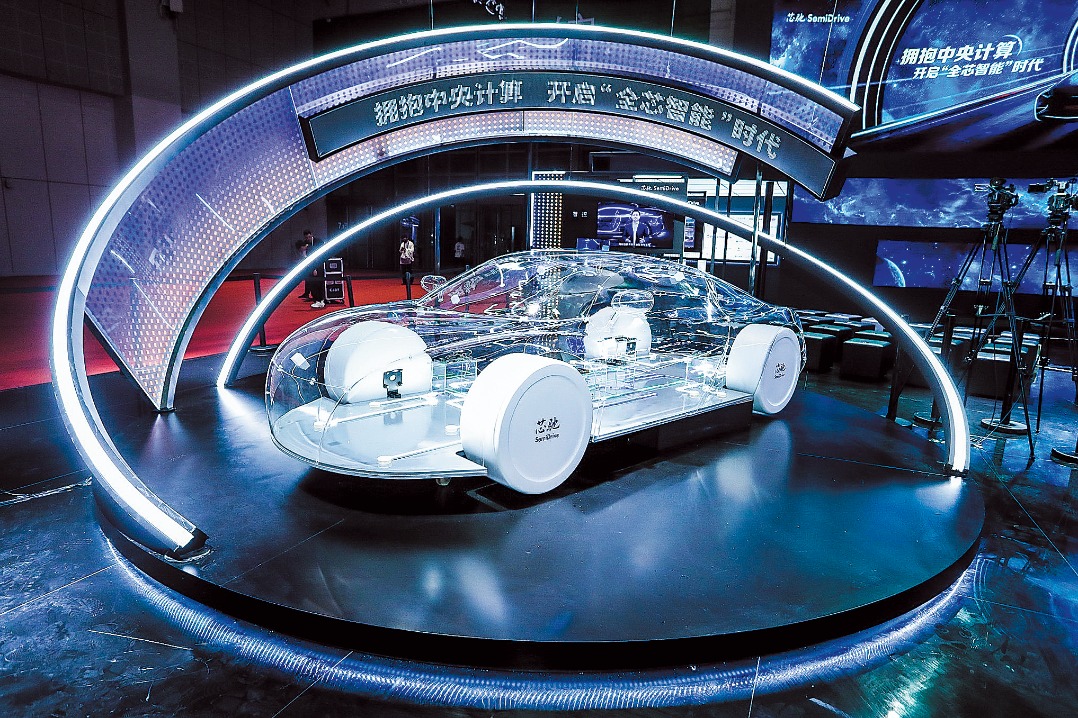Researchers work to reduce emissions in dairy industry
Genetic selection being used to lower sector's output of methane


Sun Wei, a leading scientist with the low-carbon cow program, said over the last year a 20-strong team has been monitoring methane emissions from 8,000 dairy cows at a ranch spanning approximately 30 hectares.
With only one device for methane monitoring, he said, the team often operates in two shifts around the clock to maximize the use of the facility so as to help expedite data collection and enlarge their data pool.
Currently, the team's capacity only allows them to collect emission data from 30 to 40 dairy cows daily, though they are actively seeking to acquire another device to further enhance their capabilities, he said.
What has challenged the team is also the lack of experience from both at home and abroad to serve as references, he added.
The work is still in its early stages in China, he said, and while the concept of low-carbon cows has been explored by some foreign institutions, their research has primarily focused on beef cattle.
Sun highlighted the groundbreaking nature of the team's research and emphasized its potential to decarbonize the dairy cow sector, saying dairy cows are a major contributor to methane emissions.
Some studies show that a single cow on average produces between 70 and 120 kg of methane per year. Considering the burgeoning appetite for milk in China, methane emissions from the country's dairy cow sector will keep increasing.
In a recent report, the Institute of Food and Nutrition Development, an affiliate of China's Ministry of Agriculture and Rural Affairs, revealed that milk production in China surged to 42.8 million metric tons last year. This represents an annual average increase of 6.3 percent since 2018.
In 1980, the annual per capita milk consumption in China was only 1.2 kg. Last year, it had jumped to 42.5 kg, according to the institute. However, this is still only 37 percent of the global average, suggesting a vast potential for further growth.
According to Li Pengcheng, vice-president of Chinese dairy giant Mengniu, currently, the annual carbon emissions from China's dairy industry are approximately 60 million to 70 million tons. This accounts for around 20 percent of the total emissions from the country's animal husbandry sector and 10 percent of its total emissions from the agricultural sector.
In addition to cultivating low-methane-emitting dairy cows through genetic selection, he also noted the optimization of fodder, manure recycling and the integration of solar energy facilities into ranches as potential solutions to decarbonize the dairy sector.
He emphasized the crucial role of technological advancements in ultimately solving methane emissions from dairy cows.
"Addressing methane emissions in the dairy industry requires technological intervention," he asserted, highlighting utilizing new technological approaches to capture and treat methane as a potential solution.
Contact the writers at houliqiang@chinadaily.com.cn























